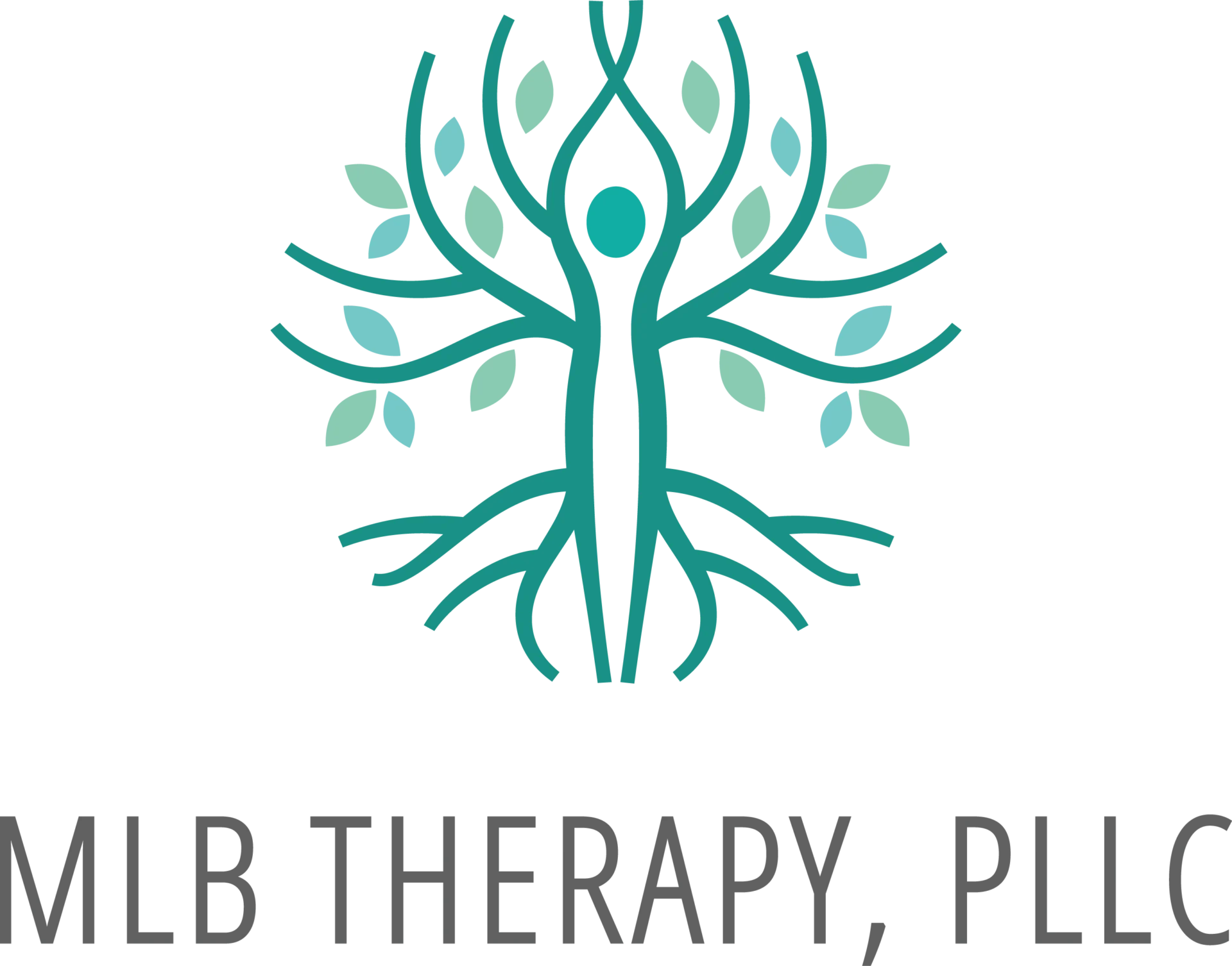Family Group Therapy: Gaining Insight to How Family Dynamics Play a Role in Anxiety
Emotions play a large role in family dynamics.
No family unit is without its unique and familiar interactions. It leaves room for each member to influence the entire unit.
Sometimes this can be positive and sometimes not. Family group therapy works to examine certain family dynamics. Specifically, those contributing to anxiety in one or more members of the family.
Consider this: being a part of a family is a lot like being on a team.
From the inside out, you can’t always pinpoint your weaknesses. Yet, an “outsider” has the advantage of looking in with a fresh and unbiased point of view. They’re able to uncover negative patterns and vulnerabilities causing harm within the unit.
Here’s how family group therapy can help to mold your family together, creating less anxiety and more fruitful family dynamics.
Understanding Emotional Dynamics
Firstly, it’s helpful to understand the role that emotions play when it comes to family dynamics. As mentioned before, each family member influences the entire unit. But how?
Essentially, emotions are contagious. Like yawning, mirror neurons cause us to feel how others feel. For example, if one member of the family comes home mad and reactive, chances are that other members will pick up on that.
Furthermore, those at whom the anger is directed will likely become irritated, responding in a similar manner. There is a sort of domino effect that happens.
Acknowledging the Impact of Conflict
Family group therapy focuses on finding solutions to problems causing a disruption in the natural ebb and flow of family life.
As you may have imagined, conflict within a family has the potential to wreak havoc on the dynamics. The chain reaction following a conflict can quickly invite in anxiety.
Mostly, this is because we each member responds and deals with intense emotions differently. Even within a close family unit, every single member is unique in their emotional response to strife. However, high conflict may cause some to internalize the intensity, withdrawing or even contributing to the anger.
Seeing Beyond the Mask of Anger
Keeping in mind that each member of the family responds differently to a conflict or rush of negative emotions. Therefore, family group therapy helps to reveal true emotions.
But let’s back up a bit. Anxiety is stealthy. And so is anger. Many emotions can hide behind the mask of anger. In fact, this emotion is well-known for being the most common masquerade. In the shadows of anger can be many feelings—fear, sadness, confusion, shame, worry, etc.
Where there is an expression of anger there is usually some level of anxiety. Family group therapy helps to map out certain patterns of emotional expression within a family unit.
Being Open to Vulnerability
Entering into therapy as an individual requires a commitment to a certain measure of vulnerability. But family group therapy calls for an even higher tier of that same commitment.
Not only are you dedicating yourself to being open with a helpful therapist, but you are doing the same with your entire family.
Family group therapy works best when every member commits to openness. To pinpoint the chain reaction causing anxiety for one or more family members, each member must become vulnerable. In other words, this type of therapy calls for realness.
Working Together to Find a Resolution
Working together in family group therapy presents an opportunity for a family to see what’s really going on under the surface. Interacting with a family, a therapist can identify certain emotional responses that may contribute to anxiety in the household.
Like a pinball bouncing inside a machine, negative emotions may be ricocheting off of family members unknowingly. Resulting in anxiety and upheaval in family dynamics, certain responses can secretly cause harm.
—
To better understand how your own family dynamics may be contributing to anxiety, consider family group therapy. Please contact me or visit here to learn more.
All images are used for illustrative purposes only. Any person shown is used as a model only.
